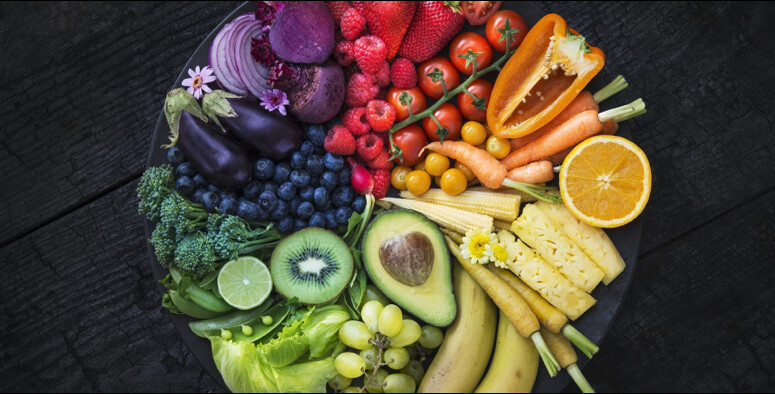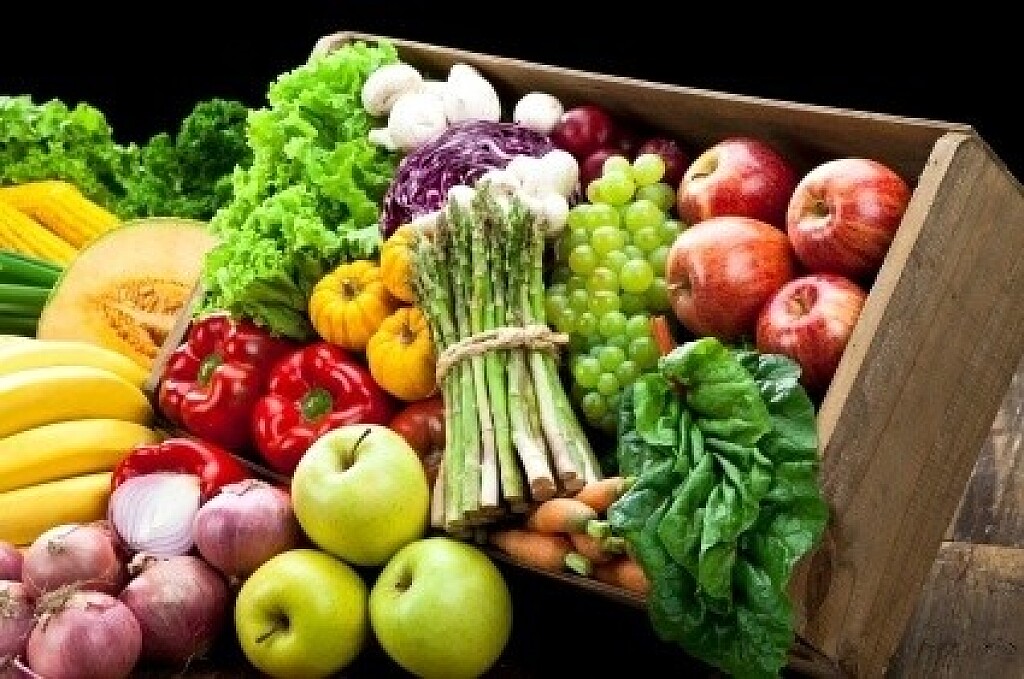Running News Daily
Running News Daily is edited by Bob Anderson. Send your news items to bob@mybestruns.com Advertising opportunities available. Train the Kenyan Way at KATA Kenya and Portugal owned and operated by Bob Anderson. Be sure to catch our movie A Long Run the movie KATA Running Camps and KATA Potato Farms - 31 now open in Kenya! https://kata.ke/
Index to Daily Posts · Sign Up For Updates · Run The World Feed
Here's How Many Servings of Fruits and Vegetables You Should Eat Per Day
Do you know how many servings of fruits or vegetables you should eat per day? If your answer is no, you’re not alone. It turns out most of us don’t get enough fruits and vegetables in our diets, according to the latest USDA Dietary Guidelines for Americans. But of course, the key to making sure you’re eating enough produce is actually knowing how much to eat.
So to help you fill up on these colorful foods, we explain exactly how many servings of vegetables and fruit you should aim to eat each day and why it’s a smart idea to hit that target. Plus, a few ways you can increase your intake.

So, how many servings of vegetables and fruits should you eat a day?
Adults who consume 2,200 calories a day should aim to eat at least 3 cups of vegetables and 2 1/2 cups of fruits each day, according to the USDA. But, if you’re consuming more calories, then you’ll need to up your intake.
“Portion goals vary with gender and size, but most of us need at least 3 to 5 cups of vegetables per day and 2 to 4 cups of fruit,” Julie Stefanski, registered dietitian nutritionist, C.S.S.D and spokesperson for the Academy of Nutrition and Dietetics tells Runner’s World. “Vegetable and fruit goals are set as ranges, with the lower end preventing vitamin deficiencies, and the upper end of the range promoting long-term health,” she says.
Eating the minimum number of servings each day will ensure you get the essential nutrients your body needs to maintain function and overall health.
Here are some clear examples of what a serving size of fruit and vegetables looks like:
Medium size fruit, like an apple or banana
1/2 cup of fresh, frozen, or canned fruits or vegetables like peas, strawberries, or carrots
1/4 cup of dried fruit, like apricots or raisins
1 cup of leafy raw vegetables, like spinach, kale, or arugula
Why is it important for runners to eat enough fruits and vegetables?
We all know good and well that fruits and vegetables are a crucial part of a healthy diet. For decades, scientist have researched a plethora of ways eating a rainbow diet can benefit your health.
For example, one review highlights fruits and vegetables as key sources of phytochemicals—like polyphenols, carotenoids, and flavonoids—and consuming them offers a multitude of health benefits, including fighting free radicals and inflammation. In the research, scientists also noted that studies have proven eating fruits and vegetables can reduce the risk of hypertension, cardiovascular disease, chronic obstructive pulmonary disease, lung cancer, and metabolic syndrome.
Also, incorporating vegetables in your daily diet can improve digestive health, vision, and reduce risk of heart disease, stroke, and diabetes, according to another review. And that's not all: Researchers of a recent meta-analysis found an association between eating five servings of fruits and vegetables a day and lower risk of mortality. (Take note that this link didn’t hold for starchy veggies.)
Stefanski says, runners can benefit from produce, in particularly leafy greens or deep orange veggies, because they’re flush with nutrients you need for recovery and daily living. What’s more, fruits and vegetables are filled with tons of important vitamins and minerals that all runners need. This includes vitamin C—which is found in peppers, oranges, and broccoli and key to the repair and renewal of connective tissues—as well as potassium in bananas, beats, and avocados, which your body uses to aid muscle and nerve communication.
Eating enough servings of fruits and vegetables each day will not only make you feel better physically, but also mentally. A study published in the journal Environmental Research and Public Health found participants who ate less than three sources of fruits and vegetables a day where at a higher risk for developing anxiety disorders. Lead study author Karen Davison, Ph.D. a health science professor at Kwantlen Polytechnic University in Canada, tells Runner’s World, this is because fruits and vegetables are rich in nutrients like carotenoids, potassium, fiber, vitamins, and polyphenols that are good for mental health.
Stefanski agrees, adding: “mentally, knowing that you’re trying to take care of your body by nourishing it well, can pay off in a mood boost.”
How to add more fruits and vegetables to your daily diet
Luckily, adding more fruits and veggies to your plate is pretty easy, so upping your intake should be a breeze. Here, Stefanski offers simple ways to pack more produce into your diet:
»Split your daily vegetable goals between meals. If you’re aiming to eat 3 cups of vegetables a day, then try to have 1.5 cups of vegetables with lunch (like in a salad) and the other half at dinner (as a side dish). Bonus points if you get a cup in at breakfast too, like adding greens to your omelet or having a produce-packed smoothie.
»Grab a snack. Consider making a cup of fruit or a medium-size piece of whole fruit as your go-to bite between meals.
»Swap out your typical preworkout fuel. Instead of eating an energy bar go for starchy vegetables like potatoes, plantains, or sweet potatoes. Or even something like a banana and peanut butter.
»Buy frozen produce. You can stock up on frozen fruits and vegetables that can be easily steamed in the microwave or roasted in the oven while you make other dishes, Stefanski says. That makes it easy to incorporate fruits and veggies into every meal—a good goal—as they’re quicker to prep and last longer.
»Add fruit at breakfast. In the morning, top your oatmeal with fresh fruit or have berries on the side of your egg dish. This is an easy way to start the day with some produce and take a few steps toward your daily servings goals.
»Have dinner for breakfast. Breakfast doesn’t have to equal what we’ve come to know as “breakfast foods.” Lean meat with a side of vegetables and a starch may fuel you much better throughout the day than your usual options, Stefanski says.
by Runner’s World
Login to leave a comment




